
Keeping your home warm and energy-efficient as winter approaches becomes a top priority. Reinsulating your home can be one of the most effective ways to keep out the cold and lower those dreaded heating bills. But before diving into the project, there are several factors to analyze that can make or break your insulation efforts. So, we’ve compiled 15 things to keep in mind while reinsulating your home.
Know Your R-Value Needs

The R-value measures the insulation’s ability to resist heat flow and varies depending on your region’s climate. Colder climates typically require insulation with a higher R-value. Make sure you know the recommended R-value for your area and space—whether it’s your attic, walls, or floors.
Identify Existing Insulation Gaps

Before installing new insulation, assess your current insulation’s condition. Look for areas where insulation may have deteriorated or is missing entirely. Properly identifying these gaps will ensure you don’t waste time or materials on unnecessary areas and can focus on maximizing your home’s heat retention.
Choose the Right Insulation Material

There are various insulation materials to choose from, from fiberglass batts to spray foam. Each type has its pros and cons. For example, spray foam gives an airtight seal but can be more expensive, while fiberglass is affordable but less effective at sealing gaps.
Consider Insulating Your Windows
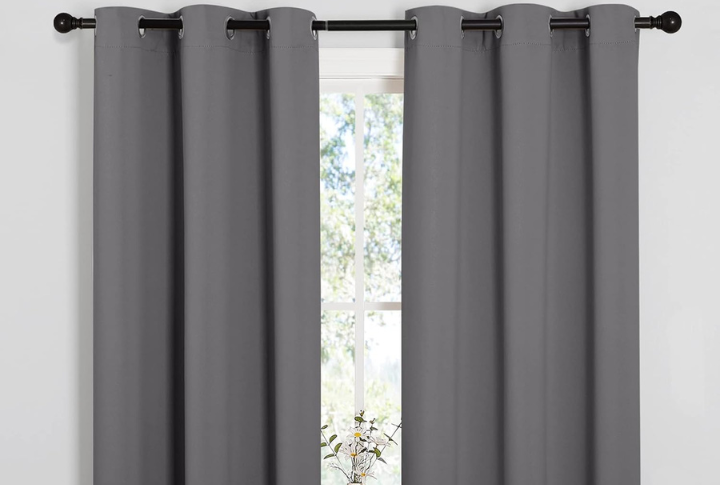
It is possible to lose a lot of heat through windows. Consider installing window film or storm windows for better insulation. Additionally, using thermal window treatments, such as heavy curtains or blinds, can significantly reduce drafts and keep warm air inside.
Pay Attention to the Attic

The attic is one of the most crucial areas to insulate as heat rises and escapes through the roof. Be sure to focus on attic insulation, especially the areas around vents and chimneys. Loose-fill insulation or fiberglass batts are excellent options for this space.
Don’t Forget the Floors
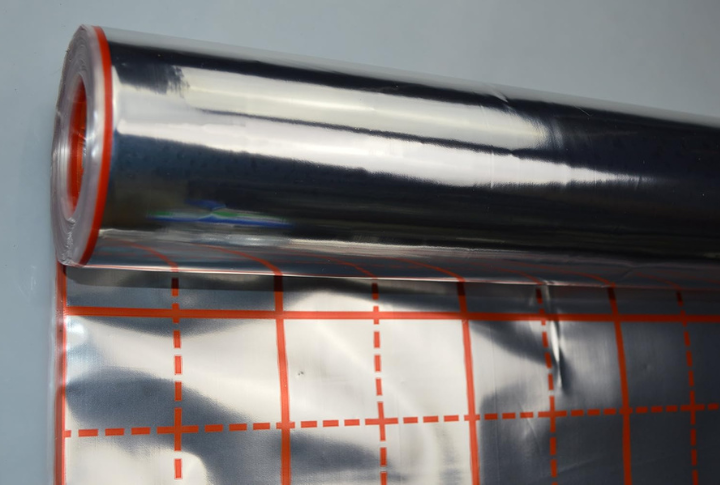
While walls and attics get most of the attention, the floors above unheated areas like basements or crawl spaces can also be a source of heat loss. Adding insulation here prevents cold air from seeping into your living spaces.
Seal All Air Leaks
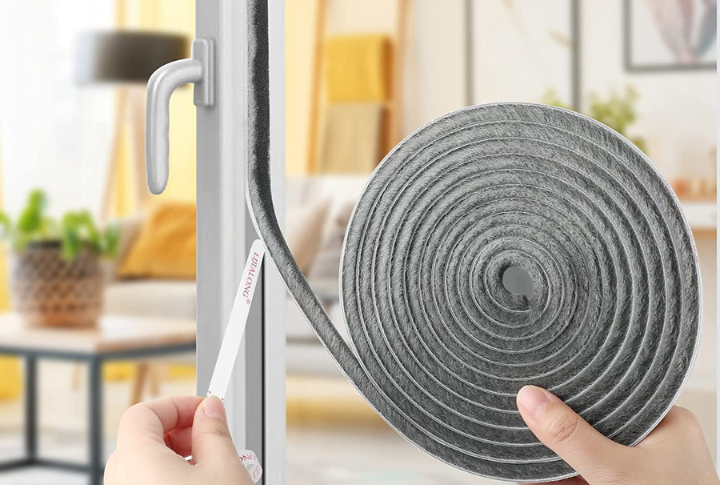
Before you insulate, seal any air leaks around doors, windows, plumbing penetrations, and electrical outlets. Use caulk or weatherstripping to stop drafts, which will make your insulation more effective and your home more energy-efficient.
Install a Vapor Barrier

In colder climates, moisture can collect inside your walls, leading to mold growth or rot. Vapor barriers that are installed between your home’s interior will prevent moisture from condensing and damaging your insulation or the structure of your home.
Insulate Ductwork
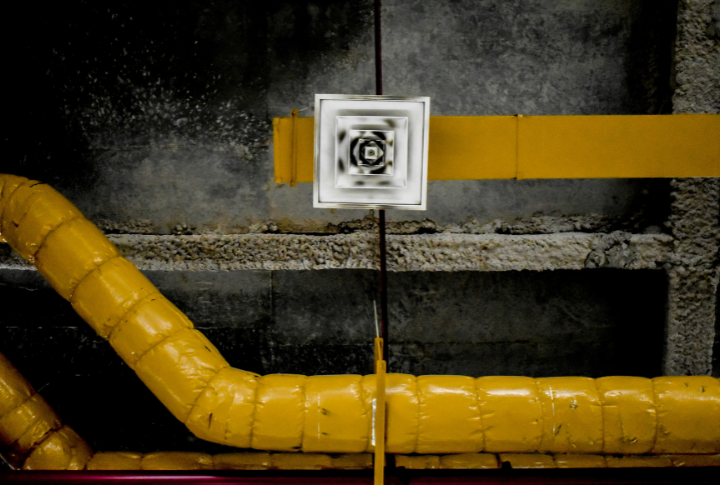
If your home has an HVAC system, be sure to insulate the ductwork. Uninsulated ducts can lose heat, decreasing the efficiency of your heating system and adding to your energy bills. Insulating them helps keep the air inside the ducts warm as it travels to different rooms.
Check Local Building Codes

Before starting your project, checking local building codes regarding insulation is essential. These codes may dictate the required R-value, vapor barriers, and installation techniques to ensure that your home complies with energy efficiency standards.
Mind the Crawl Spaces

Crawl spaces are often forgotten but can significantly impact the overall insulation of your home. Sealing off crawl spaces and insulating them properly will prevent cold air from seeping into your home through the floorboards.
Be Aware of Insulation Thickness
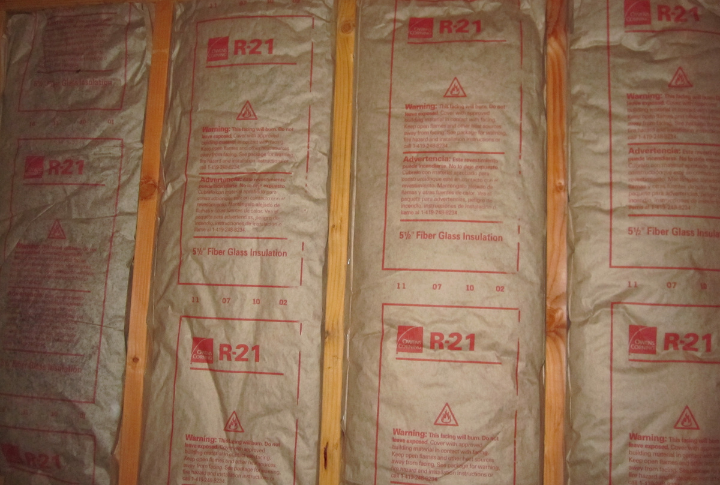
More isn’t always better when it comes to insulation. Overstuffing insulation can reduce its effectiveness by compressing the material and lowering its R-value. Be sure to follow manufacturer guidelines for thickness and installation.
Consider Blown-In Insulation for Hard-to-Reach Areas
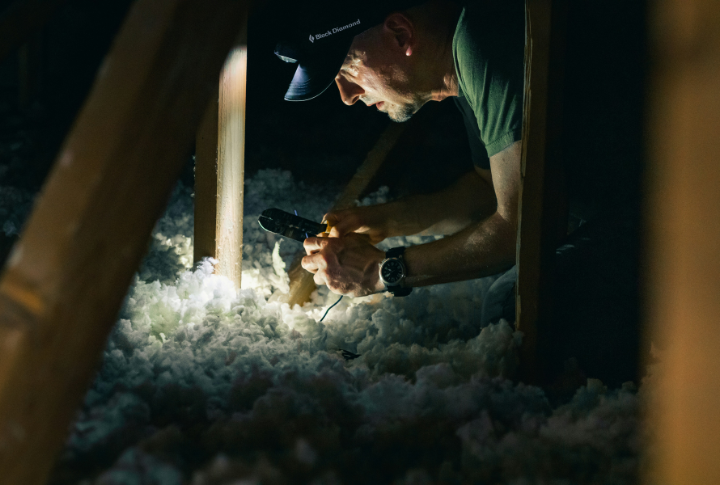
For older homes with walls that are hard to access, blown-in insulation can be a great solution. This type of insulation fills even the tiniest gaps, ensuring full coverage in walls and ceilings that might otherwise be difficult to insulate.
Prioritize Proper Ventilation
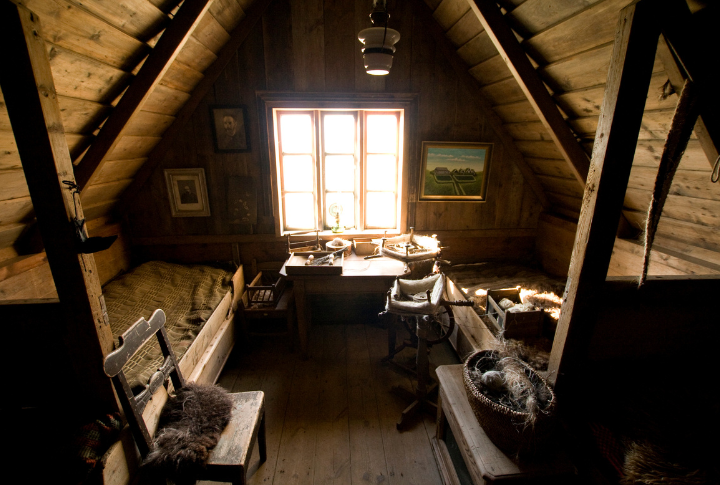
While insulation helps keep your home warm, proper ventilation is just as important to prevent moisture buildup and ensure air quality. Make sure your attic or crawl spaces are adequately ventilated so trapped moisture doesn’t lead to mold or mildew problems.
Evaluate Insulation ROI

Insulation is an investment, and it’s worth considering the return on investment (ROI). While some materials may be more expensive upfront, they could offer better energy savings over time. Research the long-term cost-benefit analysis to determine the most cost-effective solution for your home.

